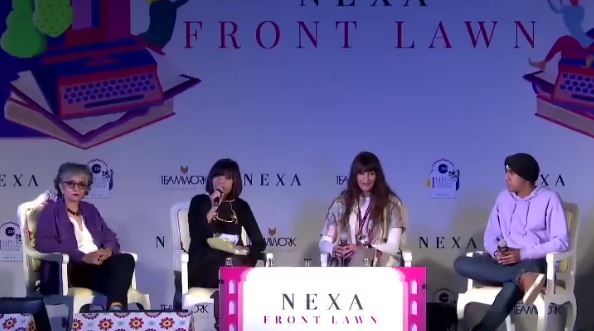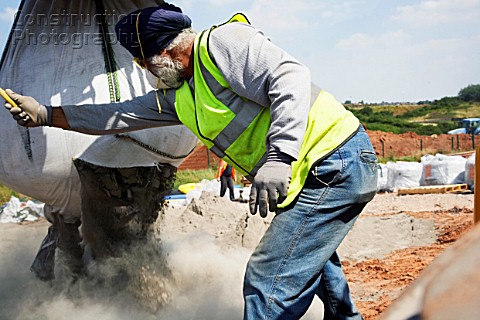Recent Articles
-

LitFest: a celebration of languages
•
India’s popular Jaipur Literature Festival will bring together writers from across India representing a multitude of diverse languages this month. India’s colourful literary heritage will be a focus at this year’s Jaipur Literature Festival as it brings together writers from Assamese, Bengali, Gujarati, Hindi, Malayalam, Marathi, Nagamese, Oriya, Prakrit, Rajasthani, Sanskrit,…
-

New wage rates may impact work visas
•
Auckland-based immigration lawyer, Aaron Martin, believes that the government’s decision to increase the minimum wage could impact the eligibility of migrant workers for work and residence visas. The New Zealand Government has lifted the minimum wage to $18.90 per hour effective April 2020 – before raising it to a $20…
-

Government reverses immigration authority’s directives on arranged marriage visa
•
Following a public backlash, the Government has reversed Immigration New Zealand’s directives which made getting a spouse visa impossible for migrants with arranged marriages. Immigration Minister Iain Lees-Galloway says that the ministry has fixed an issue affecting how Immigration New Zealand has processed visa applications for culturally arranged marriages, which…
